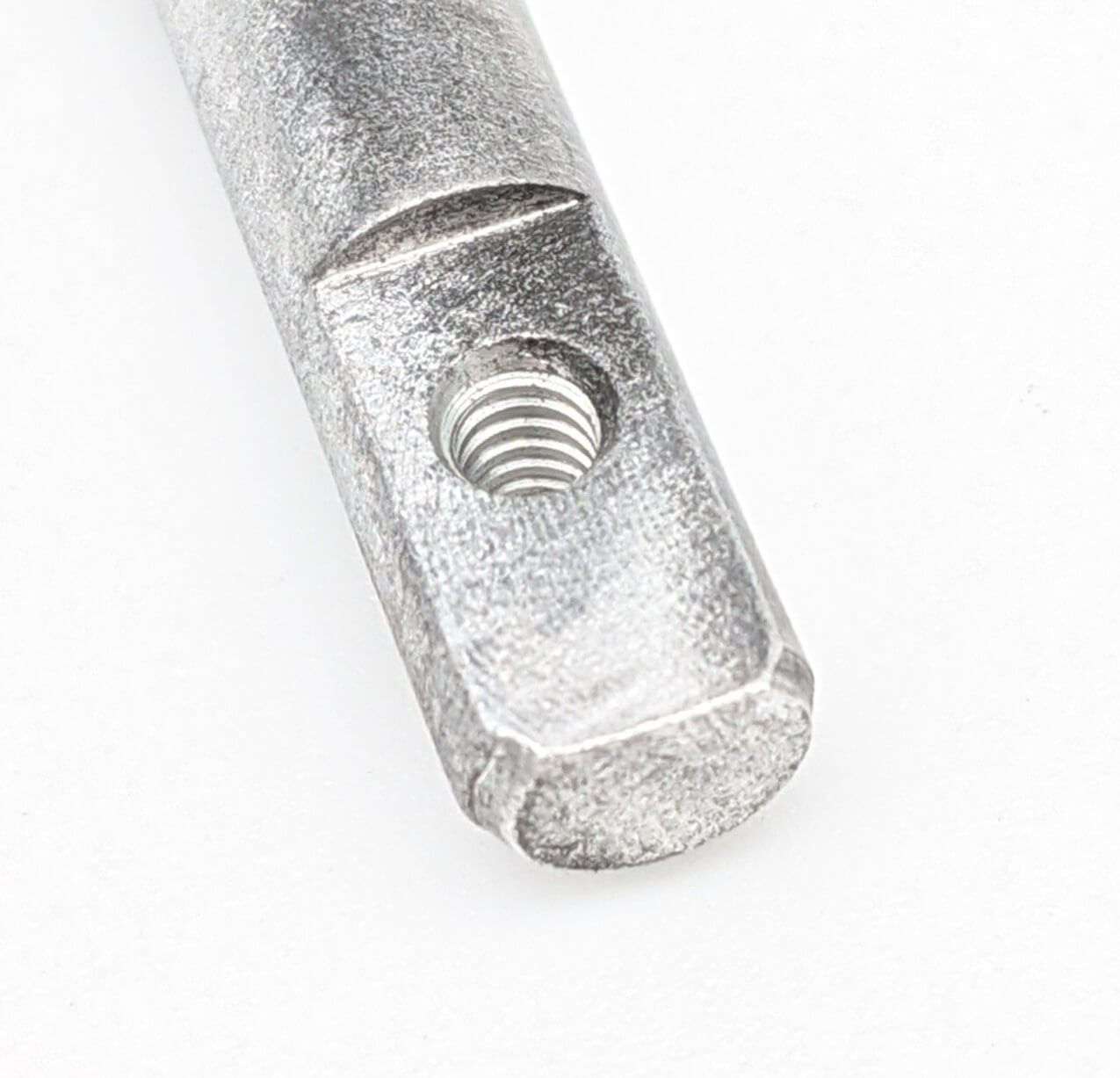Get unique, complex parts easily. No matter your requirements, Chaoyi Spring creates hard-to-produce coil springs and wire forms.
Let us help you create the custom wire form you need, from S-hooks and J-hooks to utility hooks and more.
We work closely with customers across a wide range of industries, helping them design and manufacture made-to-order parts.
Why choose Chaoyi Spring? We prioritize customer-focused collaboration, modern equipment and the latest technology to make your parts per print.
Find the information and guidance you need, from measuring a spring to learning about materials, placing an order and much more.
Compression springs, those ubiquitous coils of metal that store and release energy, are often taken for granted. But behind their simple appearance lies a world of engineering ingenuity and a


Compression springs, those ubiquitous coils of metal that store and release energy, are often taken for granted. But behind their simple appearance lies a world of engineering ingenuity and a vital role in countless applications. From the everyday objects in our homes to complex machinery and even space exploration, compression springs are the unsung heroes ensuring smooth operation, resilience, and precision. In this article, we delve into the fascinating world of compression springs, exploring their working principles, diverse applications, and the factors that influence their design and performance.

At their core, compression springs are helical coils designed to store mechanical energy when compressed and release it when allowed to expand. This seemingly simple function is achieved through the careful manipulation of material properties, coil geometry, and manufacturing techniques. The spring's resistance to compression, known as its spring rate, is directly proportional to the material's modulus of elasticity and the coil's geometry. A stiffer spring will require more force to compress, while a softer spring will yield more easily under pressure.
The choice of material for a compression spring is crucial, as it dictates its strength, durability, and resistance to fatigue. Common materials include steel, stainless steel, and various alloys, each possessing unique properties. Steel springs, for instance, are known for their high strength and resilience, while stainless steel offers superior corrosion resistance. The selection process involves considering the intended application, operating environment, and desired performance characteristics.
Compression springs are veritable workhorses, finding their way into an astonishing array of industries and products. Their versatility is evident in:
The specific design and characteristics of a compression spring are tailored to the application's unique requirements. Factors such as the required spring rate, maximum force, operating environment, and lifespan all influence the design process. Experienced engineers carefully consider these factors to ensure that the chosen spring meets the demanding needs of each application.
While their fundamental function is simple, compression springs exhibit a surprising level of complexity and sophistication. Engineers have developed specialized types of compression springs to address specific challenges and enhance performance.
Variable Rate Springs: These springs offer a non-linear spring rate, providing a gradual increase in resistance as they are compressed. This feature can be advantageous in applications where a controlled and predictable force is desired over a range of compression levels.
Torsion Springs: While not strictly compression springs, torsion springs utilize similar helical coil principles but are designed to resist twisting forces. These springs are commonly used in applications requiring rotational movement, such as door hinges and mechanical clocks.
Conical Springs: Conical springs feature a tapered design, resulting in a varying spring rate that can be beneficial in applications where a gradual change in force is required. These springs are often used in shock absorbers and other force-dampening applications.
Compression Springs with End Configurations: To optimize functionality and ease of assembly, compression springs can be manufactured with various end configurations. These include squared ends, ground ends, and hooked ends, each suited to specific mounting and load transfer requirements.
The reliability and performance of compression springs are paramount in countless applications. To ensure consistent quality and durability, rigorous testing procedures are employed. These tests assess the spring's strength, fatigue resistance, and overall reliability under various load conditions.
Spring Rate Testing: This test measures the spring's stiffness by determining the force required to compress it a specific distance. This test ensures that the spring meets the required specifications for its intended application.
Fatigue Testing: This test subjects the spring to repeated compression cycles to assess its ability to withstand prolonged use. Fatigue testing is particularly important for springs that will experience high stress and frequent loading.
Corrosion Testing: For springs operating in harsh environments, corrosion testing is crucial. This test evaluates the spring's resistance to rust and other corrosive agents, ensuring its longevity and reliable performance.
As technology continues to advance, so too does the sophistication of compression spring design and manufacturing. Emerging materials, such as advanced composites and shape memory alloys, are opening new possibilities for improved performance and reduced weight. These advancements are paving the way for even more innovative applications in diverse fields, from aerospace and robotics to healthcare and consumer electronics.
From the simplest of mechanisms to the most complex machines, compression springs play an essential role in our world. Their ability to store and release energy with precision and reliability makes them indispensable in countless applications. As we continue to push the boundaries of engineering and innovation, compression springs will undoubtedly remain at the forefront, ensuring smooth operation, resilience, and efficiency in our increasingly sophisticated world.
Browse some of the custom wire forms and springs that we manufacture. Don’t see what you need? We specialize in made-to-order products that meet your application requirements.
Visit Our GalleryNeed a custom wire form or coil spring? We make it work. Fill out the contact form and a representative will respond within 1 business day. If you have a PDF or CAD file, you can submit to request a quote.